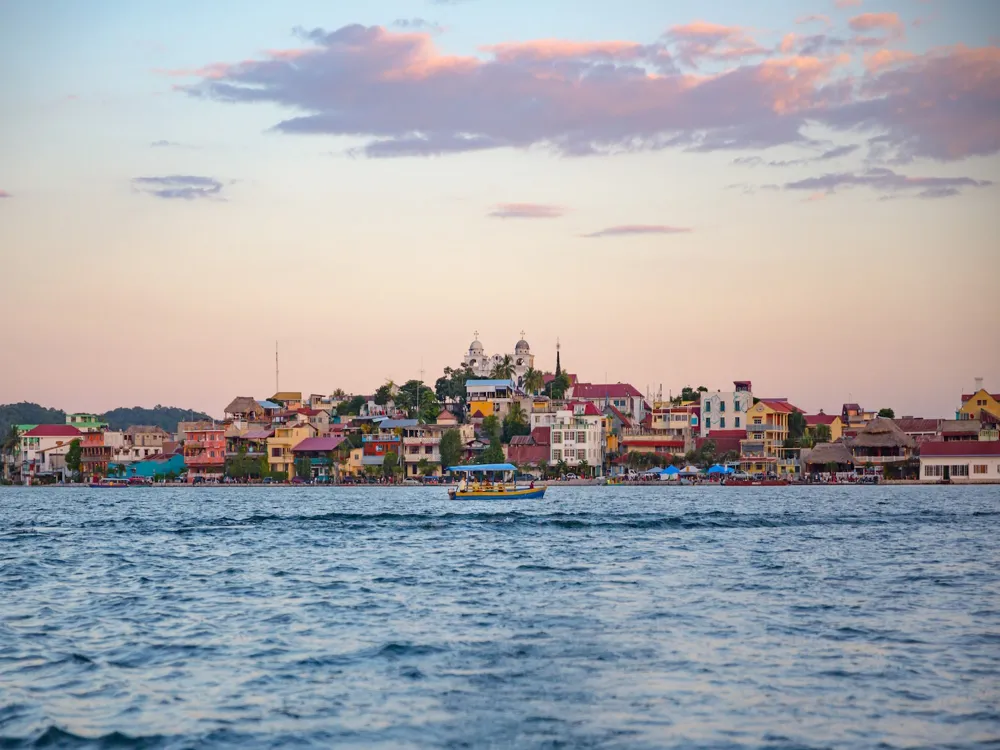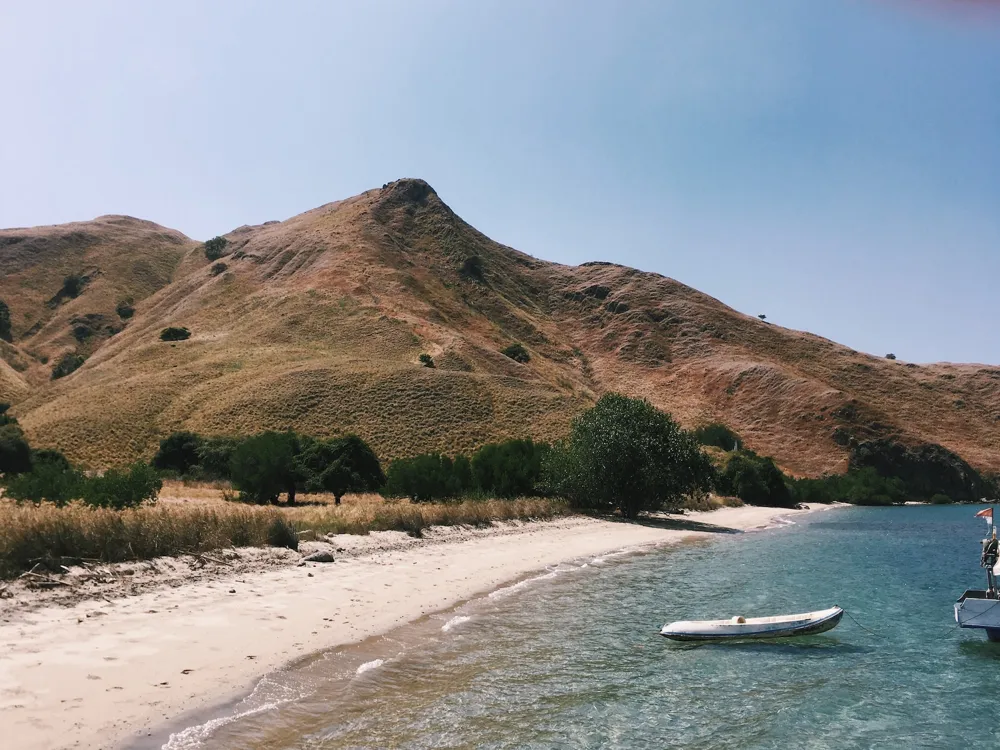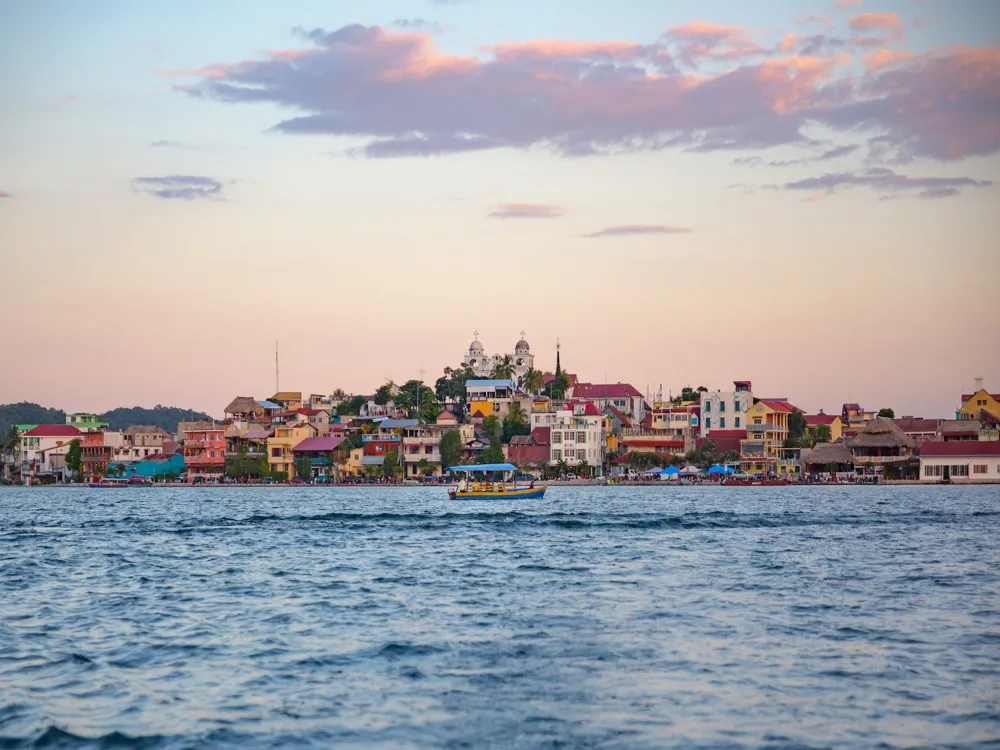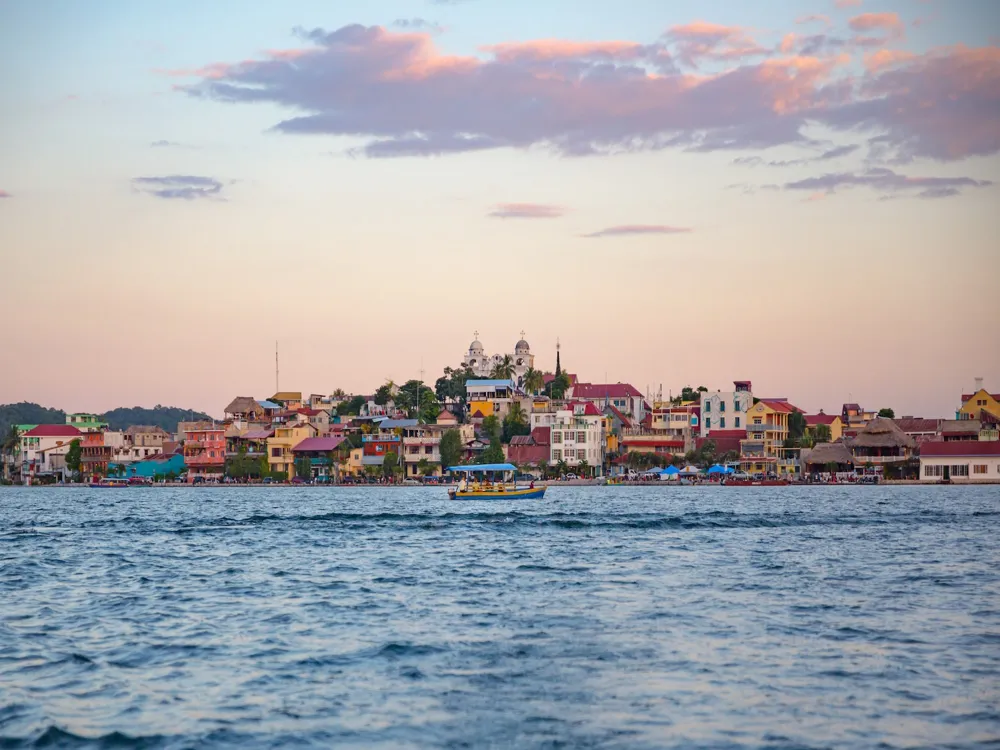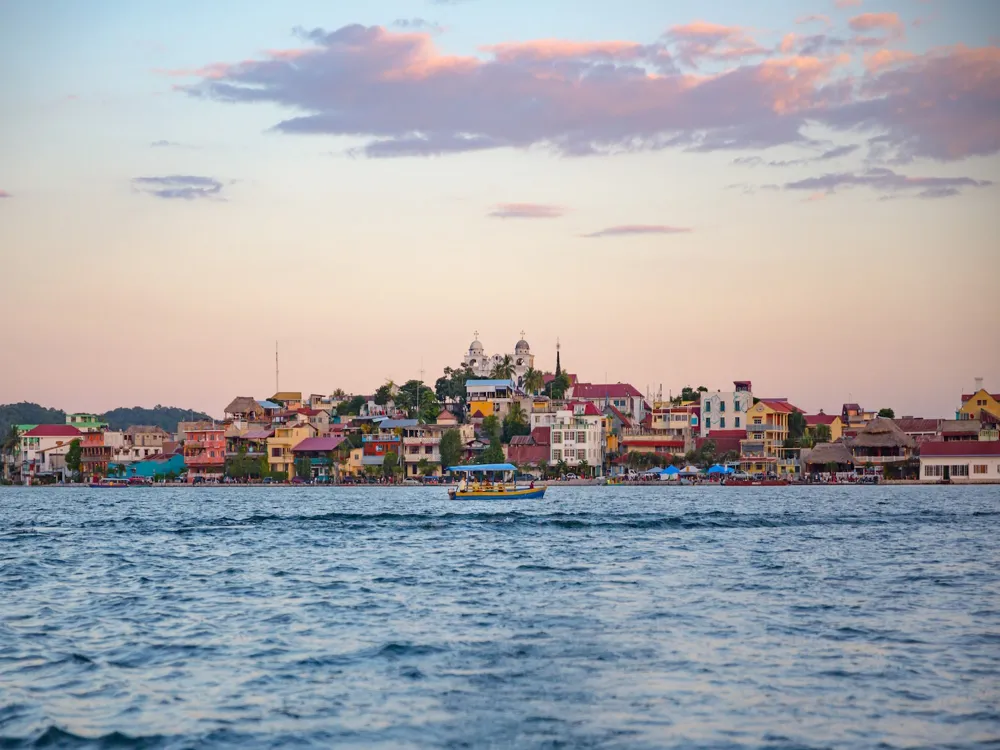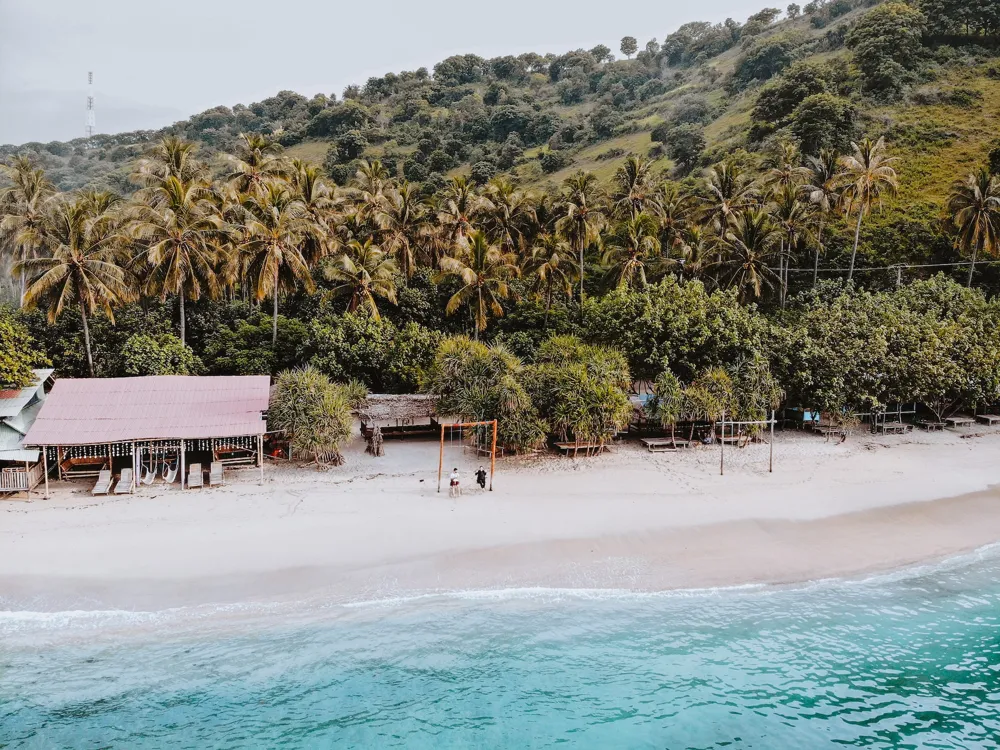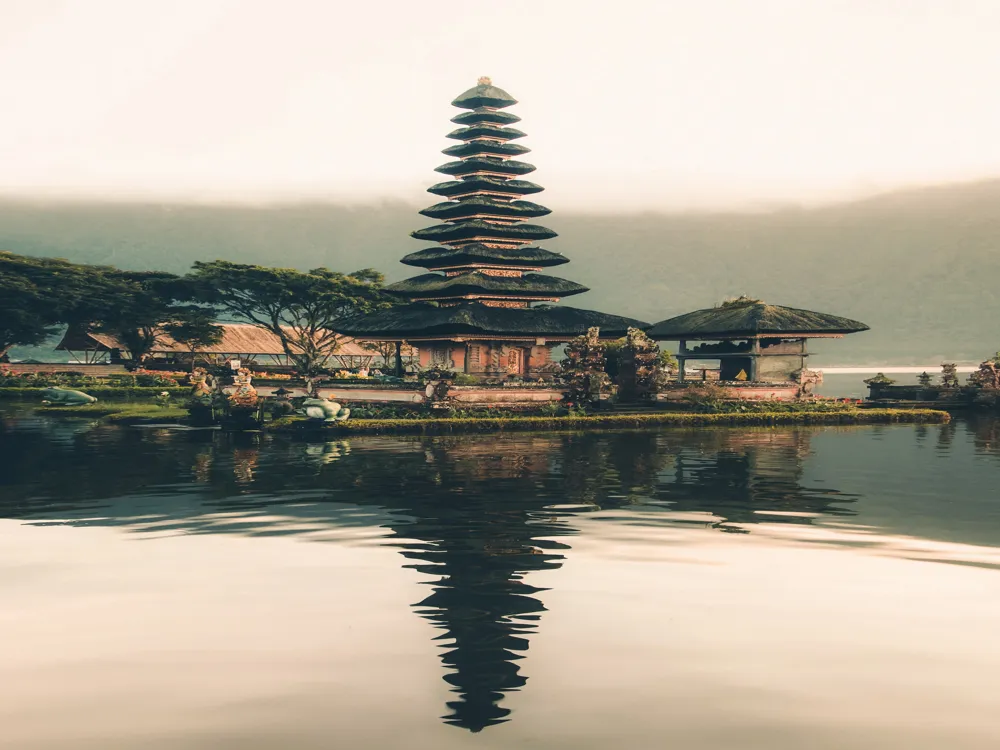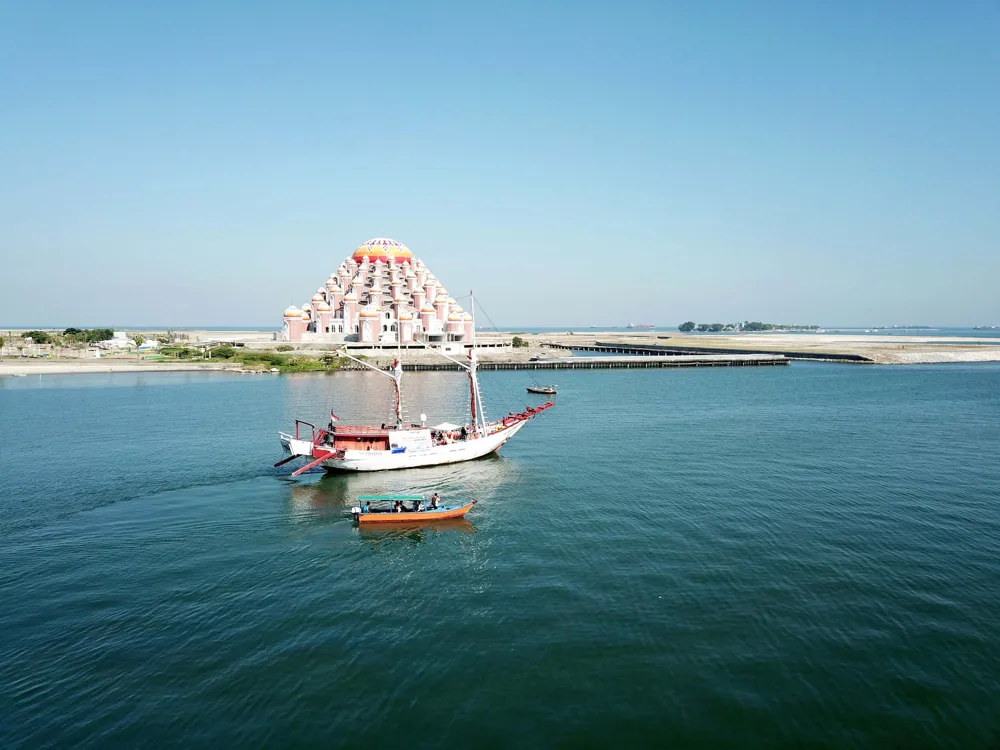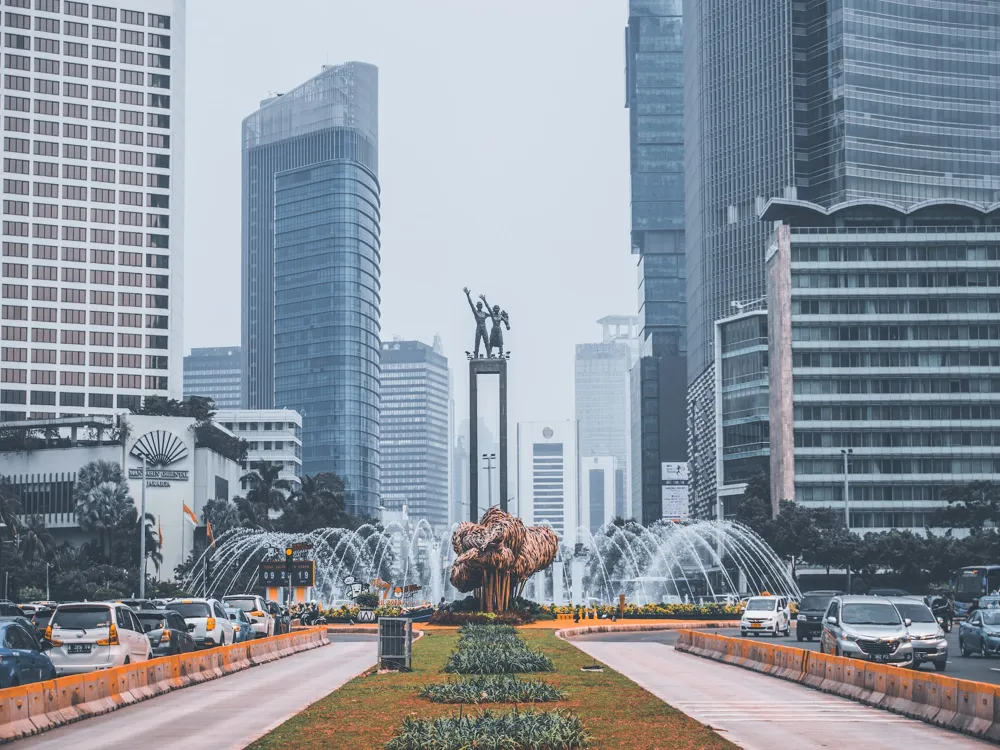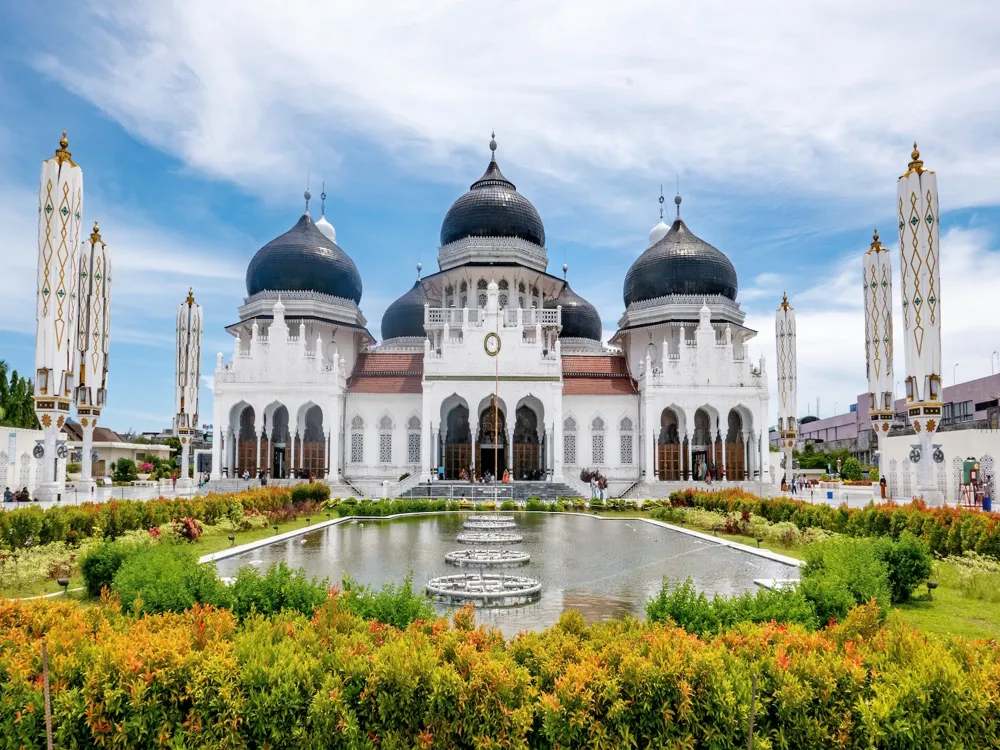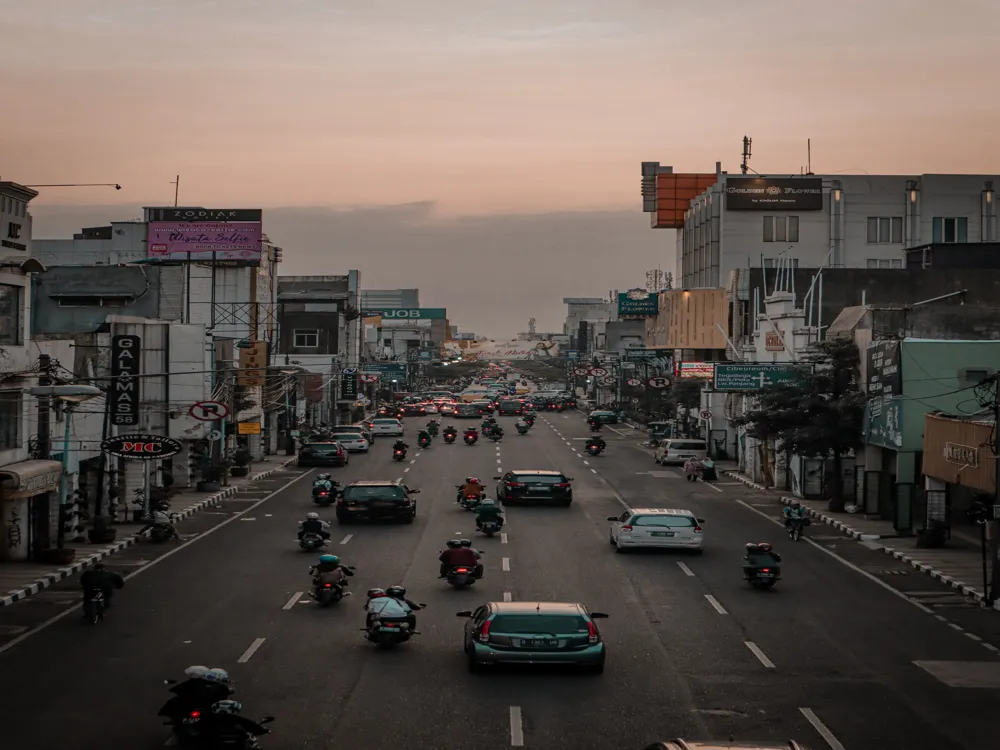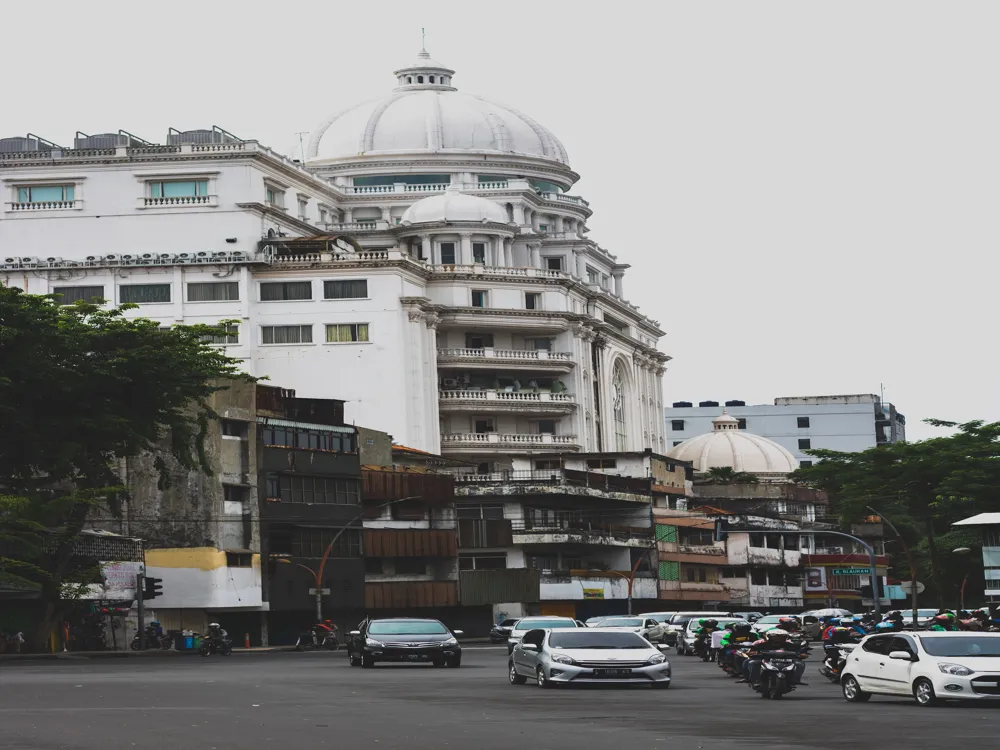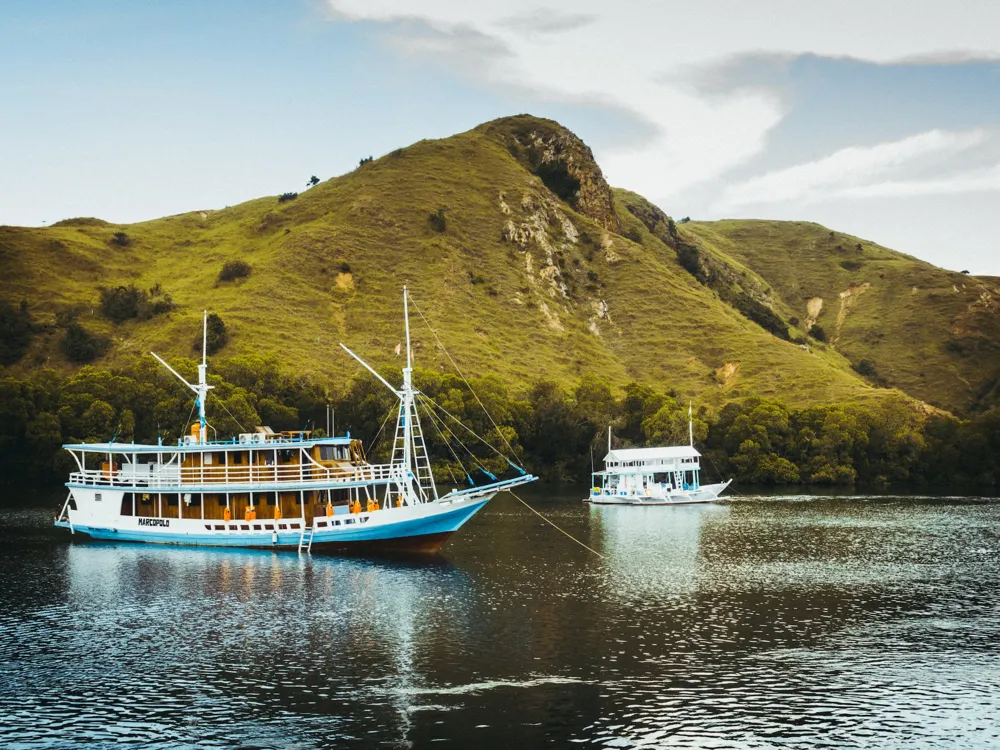Labuan Bajo, a quaint town on the western tip of Flores in the Nusa Tenggara region of east Indonesia, is an emerging jewel in Indonesian tourism. Originally a fishing village, this town is now a bustling center of adventure and natural beauty, attracting visitors from around the globe. Labuan Bajo serves as a gateway to the famous Komodo National Park, renowned for its prehistoric Komodo dragons, vibrant marine life, and stunning landscapes. The town's charm lies in its laid-back atmosphere, set against a backdrop of rolling hills, crystal-clear waters, and lush greenery. The streets of Labuan Bajo are lined with a range of accommodations, from basic hostels to luxurious resorts, catering to the needs of diverse travelers. The local cuisine, primarily seafood-based, is a culinary delight, offering fresh catches prepared with unique Indonesian flavors and spices. Labuan Bajo's strategic location also makes it a prime spot for various outdoor activities. Visitors can indulge in island hopping, snorkeling, and diving to explore the vibrant coral reefs and diverse marine life, including manta rays and dolphins. The nearby islands of Padar, Rinca, and Komodo are easily accessible, each offering its unique landscapes and wildlife experiences. The cultural tapestry of Labuan Bajo is equally fascinating, with a blend of local traditions and influences from Portuguese colonization. The town's inhabitants, predominantly from the Bugis and Bajo ethnic groups, are known for their hospitality and warmth, offering a glimpse into their traditional way of life through local markets, handicrafts, and folk performances. As Labuan Bajo continues to develop, it maintains a delicate balance between modernization and the preservation of its natural and cultural heritage. This makes it not just a destination for adventure seekers but also for those looking to immerse themselves in the rich tapestry of Indonesian culture and natural beauty. Labuan Bajo's architecture is a testament to its rich history and cultural diversity. The town's built environment reflects a blend of traditional Indonesian and colonial influences, creating a unique architectural landscape. The traditional houses, known as 'Rumah Adat', are particularly noteworthy. These structures, built on stilts, feature thatched roofs made from local materials and intricately carved wooden facades, embodying the indigenous architectural practices of the Flores people. The Portuguese influence is evident in some of the older buildings in the town, characterized by European-style structures with tiled roofs and colorful facades. These buildings serve as a reminder of Labuan Bajo's colonial past and contribute to the town's historical charm. In recent years, the architecture of Labuan Bajo has evolved to accommodate the growing tourism industry. Modern hotels and resorts are being constructed, incorporating contemporary design elements while respecting local aesthetics and environmental considerations. One of the architectural highlights in Labuan Bajo is the local market, a bustling hub of activity. Here, the architecture is functional, catering to the needs of the local community and tourists. The market buildings are typically open-air, with large awnings providing shade and protection from the elements, creating a space where local culture and commerce converge daily. Another notable aspect of Labuan Bajo's architecture is the integration of sustainable practices. With the growing emphasis on eco-tourism, many new buildings are designed to be environmentally friendly, using renewable energy sources, water conservation methods, and locally sourced materials. This sustainable approach not only preserves the natural beauty of Labuan Bajo but also ensures that the development of the town remains in harmony with its surroundings. In summary, the architecture of Labuan Bajo is a vivid illustration of the town's history, culture, and ongoing evolution. From traditional stilt houses to modern eco-friendly resorts, the built environment of Labuan Bajo offers a fascinating insight into the town's past and present, contributing significantly to its unique charm and appeal. The ideal time to visit Labuan Bajo is during the dry season, from April to September, when the weather is sunny and suitable for outdoor activities, particularly diving and snorkeling. Motorbikes and scooters are popular modes of transportation for exploring the town and nearby attractions. Rental services are widely available, offering an affordable and convenient way to navigate the area. It's important to respect local customs and traditions. Dress modestly, especially when visiting religious sites, and always ask for permission before taking photos of local people or sacred places. Ensure you have travel insurance and take precautions against mosquitoes, as malaria is prevalent in the region. Stay hydrated and protect yourself from the sun during outdoor activities. Don't miss trying the local seafood delicacies, particularly the grilled fish, which is a staple in Labuan Bajo. Indonesian spices add a unique flavor to the dishes, making them a must-try for food enthusiasts. Labuan Bajo is accessible by air, sea, and land. The Komodo Airport in Labuan Bajo has regular flights from major Indonesian cities like Bali and Jakarta. For a scenic route, ferries and boat services are available from various points in Indonesia. Overland travel through Flores island also offers a captivating experience, though it requires more time and planning. Read More: Overview of Labuan Bajo
Architecture of Labuan Bajo
Tips When Visiting Labuan Bajo
Best Time to Visit
Local Transportation
Cultural Etiquette
Safety and Health
Local Cuisine
How To Reach Labuan Bajo
Labuan Bajo
Flores
NaN onwards
View flores Packages
Flores Travel Packages
View All Packages For Flores
Top Hotel Collections for Flores

Private Pool

Luxury Hotels

5-Star Hotels

Pet Friendly
Top Hotels Near Flores
Other Top Ranking Places In Flores
View All Places To Visit In flores
View flores Packages
Flores Travel Packages
View All Packages For Flores
Top Hotel Collections for Flores

Private Pool

Luxury Hotels

5-Star Hotels

Pet Friendly








